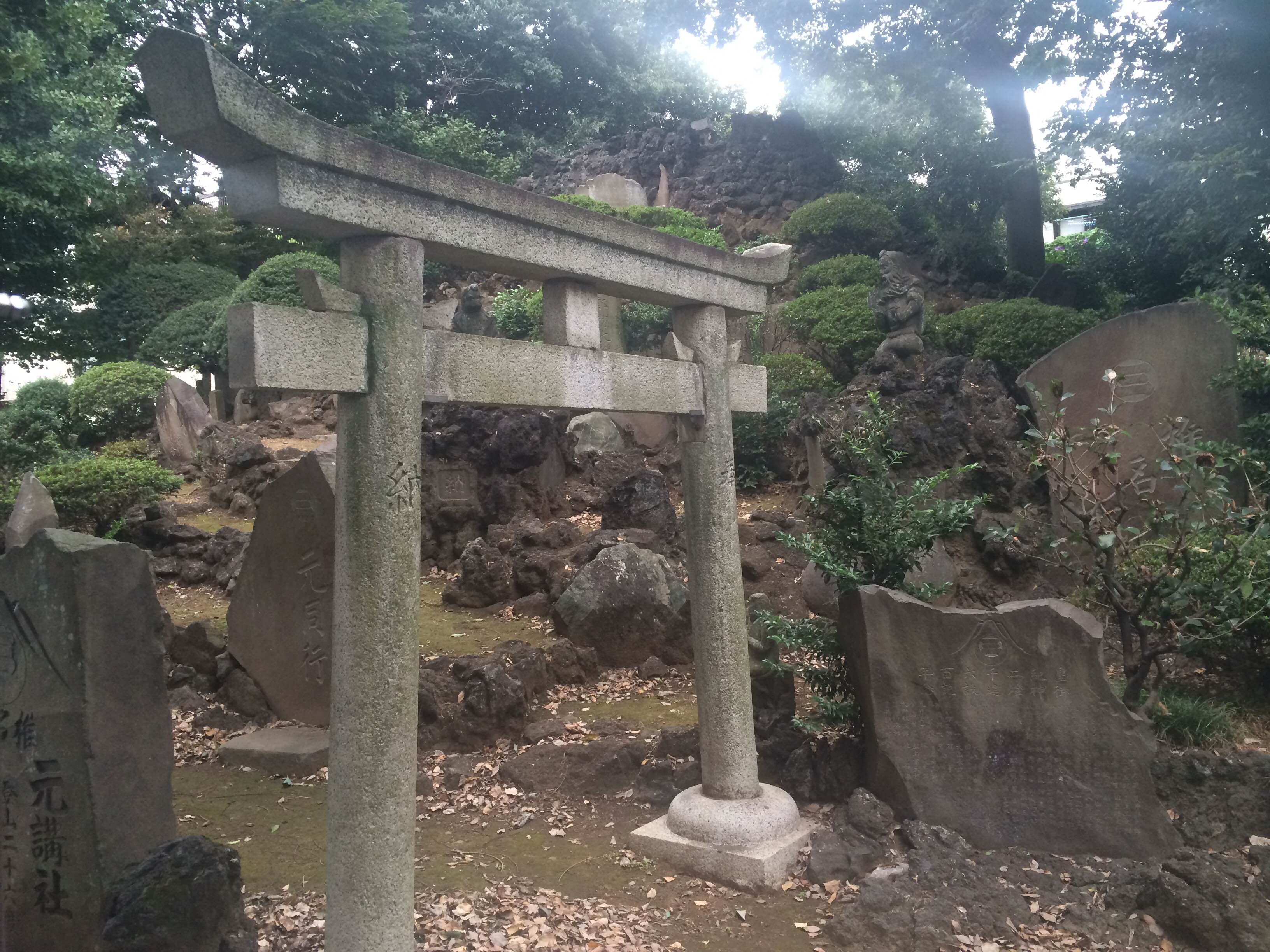List Of Important Tangible Folk Cultural Properties on:
[Wikipedia]
[Google]
[Amazon]
This is a list of





Important Tangible Folk Cultural Properties
A is administered by the Japanese government's Agency for Cultural Affairs (Ministry of Education, Culture, Sports, Science and Technology), and includes tangible properties (structures and works of art or craft); intangible properties (perform ...
of Japan
Japan is an island country in East Asia. Located in the Pacific Ocean off the northeast coast of the Asia, Asian mainland, it is bordered on the west by the Sea of Japan and extends from the Sea of Okhotsk in the north to the East China Sea ...
. As of January 24, 2025, there were 228 designated Important Tangible Folk Cultural Properties.
Selection Criteria
Important Tangible Folk Cultural Properties are designated based on the following designation criteria: Categories #Necessities of life: clothes, accessories, eating and drinking tools, household furnishings and other residential items #Manufacture, livelihood: farming implements, fishing and hunting gear, artisan tools, spinning and weaving equipment, other items related to work #Traffic, transportation, communication: means of transport, boats, express messenger implements and other items related to barriers #Trade, commerce: calculation and measurement tools, signs, licenses, and other shop related items #Social life: gift exchange, implements for guards and judgements, boarding houses #Religious faith: ritual implements, implements for Buddhist mass, votive offerings, idols, magic implements, and other items associated with shrines #Knowledge of folk customs: calendars, implements for fortune telling, medical tools, and other items related to institutional education #Folk entertainment, amusement, games: costumes, implements, musical instruments, masks, dolls, toys, and other items related to the stage #Related to the life of people: upbringing, important celebrations in family relationships, maternity rooms #Annual functions or events: implements for theJapanese New Year
The is an annual festival that takes place in Japan. Since 1873, the official Japanese New Year has been celebrated according to the Gregorian calendar, on January 1 of each year, . Prior to 1872, traditional events of the Japanese New Year wer ...
, seasonal festivals or the Bon Festival
or just is a fusion of the ancient Japanese belief in ancestral spirits and a Japanese Buddhist custom to honor the spirits of one's ancestors. This Buddhist custom has evolved into a family reunion holiday during which people return to ance ...
Criteria
Materials from any of the above categories are then judged based on whether they exemplify:
#historical change
#a characteristic typical for the period
#a regional characteristic
#a characteristic of the level of life
#a functional aspect
Statistics
Designated cultural properties
Necessities of life
Manufacture, livelihood
Traffic, transportation, communication

Trade, commerce
Social life
Religious faith
Knowledge of folk customs

Folk entertainment, amusement, games

Related to the life of people
Annual functions or events
Notes
General
Architecture
References
General * Notes {{Cultural Properties of Japan Culture of Japan Japanese folk art Important Tangible Folk Cultural Properties